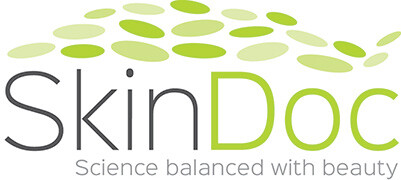Boils and abscesses are both types of skin infections that result in the formation of a collection of pus, which is a thick, yellowish or greenish fluid made up of dead white blood cells, bacteria, and tissue debris.
A boil, also known as a furuncle, is a painful, red, swollen bump that develops around a hair follicle or oil gland. It may start as a small, tender bump and gradually grow larger and more painful over time. Boils can occur anywhere on the body, but they commonly appear on the face, neck, armpits, groin, and buttocks.
An abscess is a pocket of pus that forms within the body, usually as a result of a bacterial infection. It can occur in any part of the body and may be located deep within the tissues or near the surface of the skin. Abscesses can be very painful and may cause fever, chills, and other symptoms of infection.
Both boils and abscesses may require medical treatment, such as antibiotics or drainage of the pus, to fully heal. It’s important to seek medical attention if you have a boil or abscess, as untreated infections can lead to serious complications.
Hidradenitis suppurativa
Hidradenitis suppurativa is a skin condition that causes pimples, nodules, and abscesses in areas like the armpits, groin, breasts, and buttocks. It’s often linked to other health conditions like arthritis, obesity, diabetes, high cholesterol, and smoking. Smoking can make it worse.
The condition can lead to other health problems like swelling in the limbs, anaemia, low protein levels, inflammatory bowel disease, and a rare condition called SAPHO syndrome.
Mild cases can be treated with creams, while more severe cases require pills. There’s a newer type of medication called a biologic that was approved in mid-2017 for severe cases of hidradenitis suppurativa in patients over 18. Younger patients may be able to use it, but they need approval from a regulatory agency.
